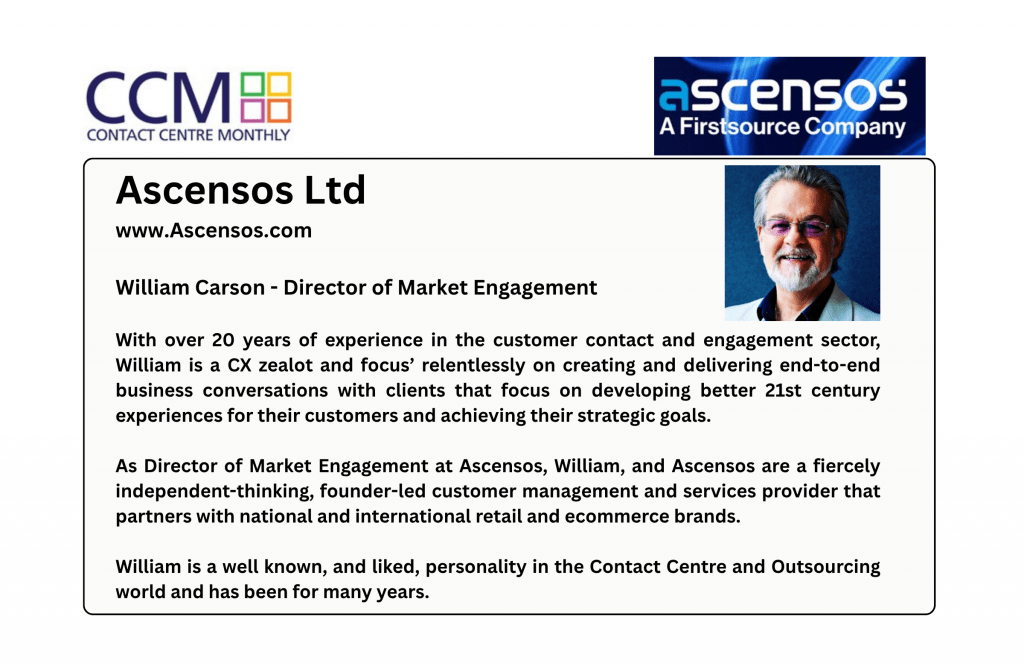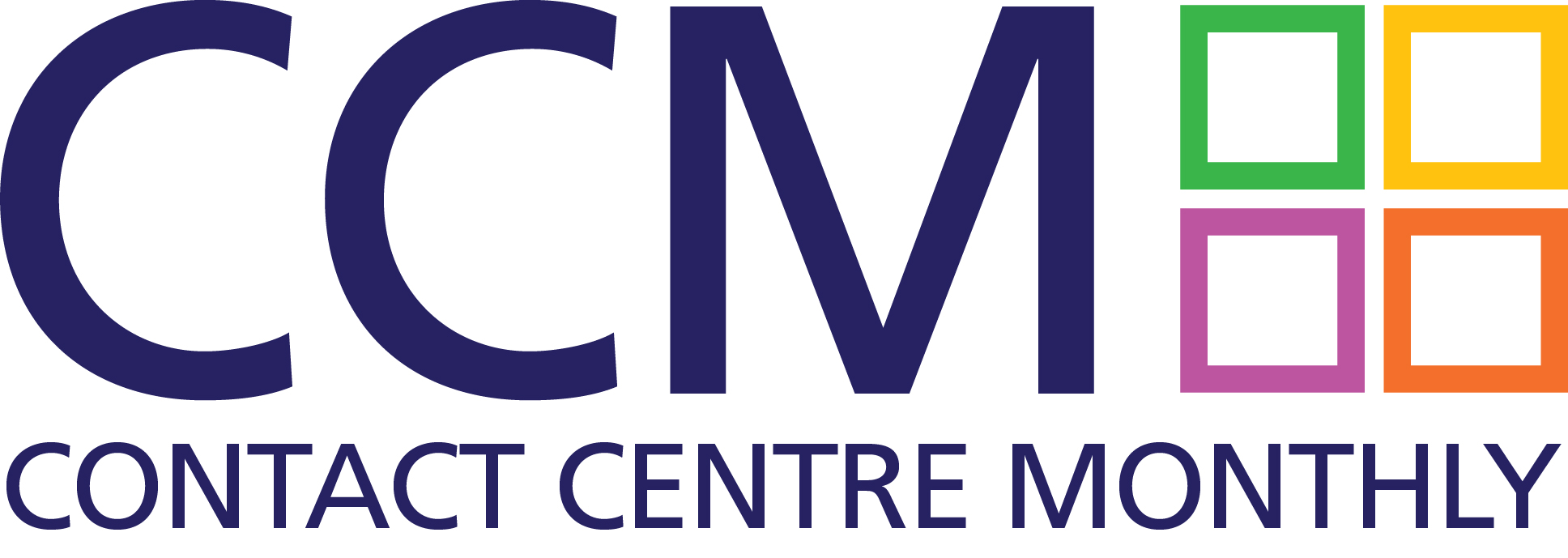04/06/2025
William Carson, Director of Market Engagement, Ascensos, A Firstsource Company

A year ago, I wrote an article on the potential impact of 2024’s global elections on the customer experience industry. As we reach the midpoint in 2025, let’s reflect on some of the outcomes of those elections, and how these have impacted brands, their customers, and their partners.
Last year elections were held on almost every continent, with 8 of the world’s 10 largest nations voting (Bangladesh, Brazil, India, United States, Indonesia, Pakistan, Russia, Mexico) – which accounts for nearly half of the world’s population.
As I predicted, the UK electorate did indeed dismiss the Conservative party in October while the EU elections saw more right-leaning, populist parties gain power. Across the Atlantic, the USA returned Trump to the White House which I’d suggested was a strong possibility, while Africa hosted elections in 15 countries, from Tunisia to South Africa.
Back then, the expected impacts included the creation of a perfect storm of economic uncertainty that might stall investments, close channels to market, and damage consumer confidence, with more direct impacts including the risk to shipping lanes that would delay the delivery of goods.
Six months later and the realities have been a mix of expected and very much unexpected, with tariffs from the US Government muting demand for products and services in some sectors which in turn has curtailed or delayed brands’ go to market campaigns, thereby reducing consumer spend and customer contact demand. At the same time others, like Stockholm designer brand, Lisa Yang, has brought forward their plans to launch in the US to avoid tariffs, and in so doing, continue their growth stateside.
Closer to home, the Labour Government’s decision to increase National Insurance contributions as well as dropping the rate when tax becomes payable has created significant cost pressures for businesses with the result that some have decided that offshoring their customer support is their only option to manage costs.
This in turn has meant the re-emergence this year of the ‘best offshore location’ debate that had gone quiet since 2020’s national lockdowns in response to COVID. Africa has been the beneficiary with South Africa in particular winning hearts and minds with UK brands especially, while other countries including Kenya, Ghana, Rwanda, and Nigeria, appearing over the horizon as emerging destinations for tech support and customer service.
At the same time, the industry has ramped up its determination to apply technology-enabled solutions to traditional CX management problems, resulting in an explosion of agentic platforms offering AI-powered agents to handle low value, high volume customer contact with complex and emotive customer engagement being handled by advisors. This in turn has re-ignited the wellbeing discussions that had been so central to contact centre morale and productivity post COVID (along with WFH/hybrid models) that had been increasingly overshadowed more recently by the ChatGPT-driven hyperbole on where and how AI would reduce the need for advisors at all.
It was our CX industry and our contact centres, where the response to the pandemic first saw the implementation of some of the most significant innovations of the past quarter century – Zoom (topped out at revenues of $4.5BN in 2024 vs. $330M in 2019), and MS Teams (where the number of daily active users of MS Teams went from shy of 40M to over 320M in the same period) with RPA morphing into Intelligent Automation, and eventually AI for CX as we know it today.
These innovations are now considered part of the standard tool set for contact centre infrastructure and supporting solutions for colleagues, while for customers, social media, TEMU, and TikTok has made smartphone zombies of us all! The result being if we can’t access customer care via WhatsApp or a similar non-voice channel, we are more quickly frustrated than ever before, and less likely to bother contacting customer service at all.
At the centre of all these developments is data. Data analytics is unquestionably getting the attention it has deserved for more than a decade. It is to a business what a tuning peg is to a stringed instrument – getting the harmony between operations just perfect to allow all manner of projects to play out in real-time, taking advantage of intelligent automation and sophisticated AI-enabled platforms to predict and execute, review and remedy for a multiplicity of customer/colleague journeys and desired outcomes.
Whether customer contact is inhouse, outsourced, on or offshore, the value of data and the smart application of the new tech it can drive is going to pave the way for new commercial models – internally facing into the wider enterprise through shared service centres, and outwardly through outsourcing partnerships, to achieve objectives that mutually benefit all parties and stakeholders.
If we had any doubts over the value of data, the cyber attacks of 2025 thus far have made it clear – data is a profoundly valuable commodity, equating to losses of $6TN each year, more than three times NATO’s annual budget.
Ultimately the resilience and adaptability of our industry over the past 25 years has outlived Y2K, the explosion of the internet, a global financial crisis, and more recently a global pandemic. It is not immune to the ravages of what 2024’s year of elections has brought to bear – on economies, legislation, or cyber and physical security and the impact these may have on resources, use of technology stacks, and consumer confidence – but I would argue it is that self-same intellectual capacity of our industry leadership and front office colleagues that has evolved over decades of CX delivery that’s genuinely unique, and will serve the needs of brands, customers, clients and partners well beyond 2025 and into the future.






